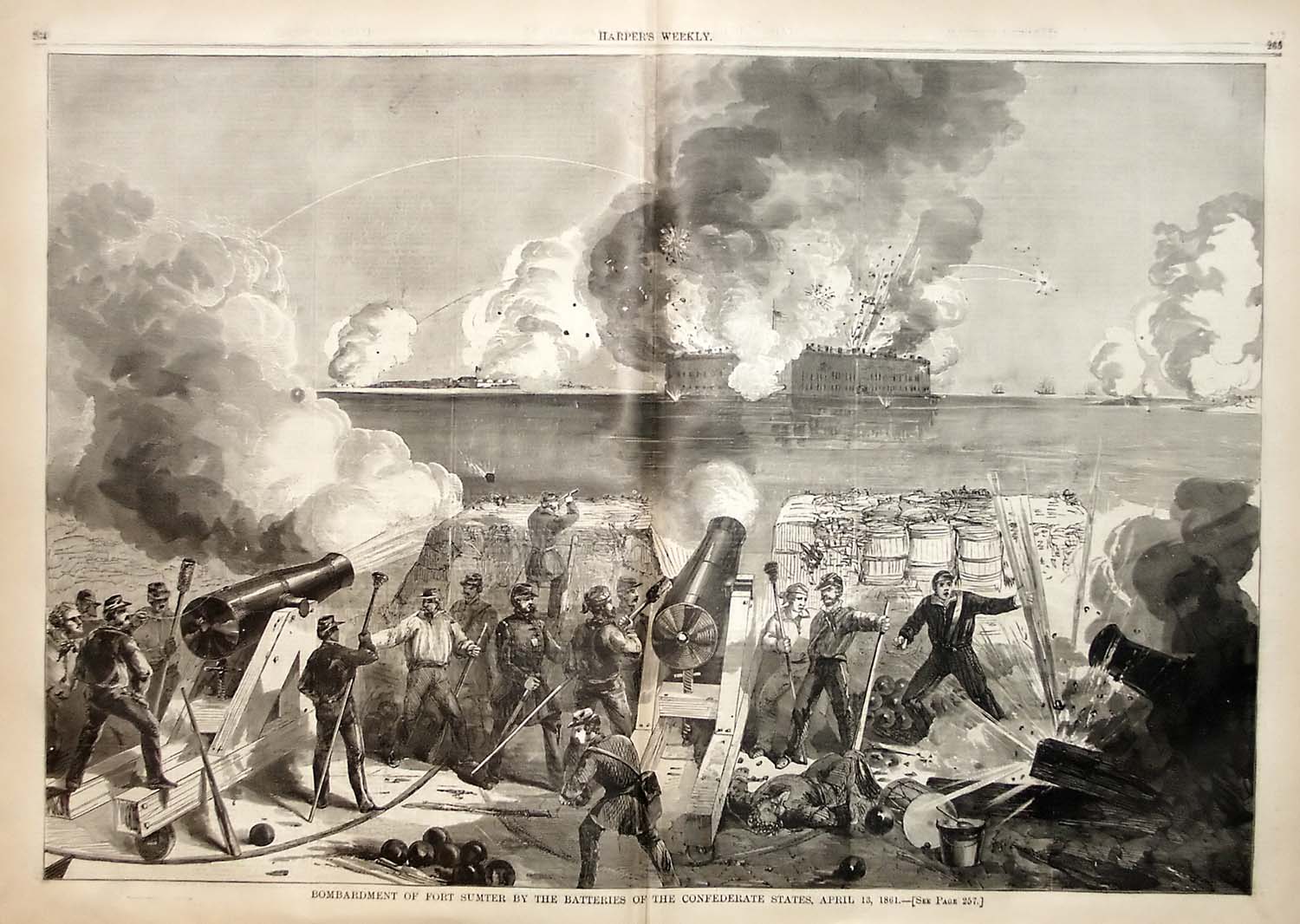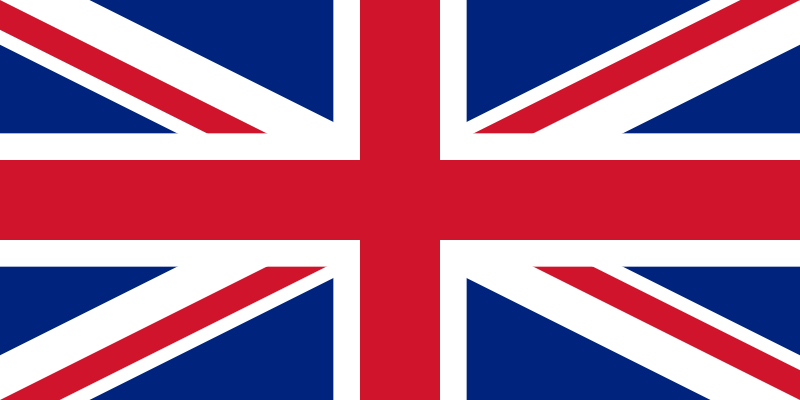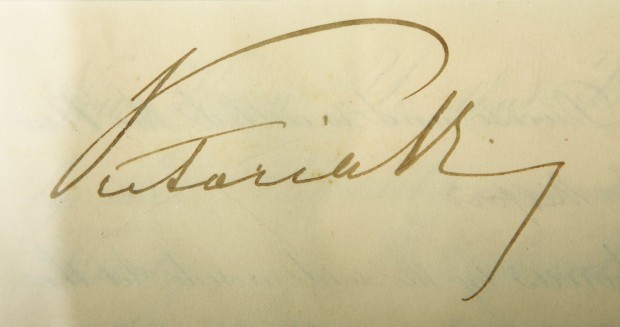As the year of 1861 had come and started to tick away, several more Southern States declared their independence from the United States. On January 9th, Mississippi declared Independence from the United States, followed the next day by Florida. While Alabama had been debating long into the night, on January 11th, they too declared their secession from the Union. A tense week passed, and the day before Abraham Lincoln's inauguration, Georgia too declared their independence from the United States. Upon taking office, President Lincoln refused to recognise the fact that these states were nations, or that they even left the Union in the first place. He called for restraint in the current situation, and asked that no rash actions be taken.
Not a week later, Louisiana declared secession from the Union. On the 1st of February, Texas declared her independence as well. The rest of the slave states sat and watched as the Deep South slowly removed themselves from the United States, still pondering on their actions. Tensions were headed in the Virginia Legislature, but no vote was called yet. The representatives of these seven states met in Montgomery, Alabama, ready to discuss the bonds they held with each other, and to plan for the future, away from the United States.
The Montgomery Convention, which had adopted a resolution to form the Confederate States of America, drafted a Provisional Confederate Constitution, and proclaimed themselves as an independent nation. As this was going on, former United States Senator Jefferson Davis was declared the Provisional President of the Confederate States. The convention was re-named to be the Provisional Confederate States Congress, operating as the proto-Legislative branch of the Confederate States. Any talks of Union with the United States failed, and President Davis, acting in his boundaries as President of the Confederate States and Commander in Chief of the Armed Forces, began to draw up plans for an army, ready to defend the new nation.
With the capitol designated as Montgomery, Alabama, the Confederate States of America entered into her first steps as an, unrecognised, independent nation. A long shot away from lonely South Carolina separating from the Union, the Deep South, which held almost 18 per cent of the nation's wealth, broke their bonds with the United States and desired to chart their own future, their own path. Many did not believe the secession movements were over, and the entire world waited and watched as the United States and the Confederate States prepared for what seemed to be an intense showdown.

Bombardment of Fort Sumter in Charleston Harbour
As this was being done, President Lincoln decided to call up an army volunteers, which would help to restore order to the South. Upon news of this raising of the army, even the assurances by President Lincoln that this was a war to defend the unity of the nation, the state legislatures saw that this was, on the part of the Union, of being an aggressive act against their own people. Even while it may not have been a war to defeat Slavery, the remaining Southern States decided to meet to call for a secession vote.
The first of which took place in Delaware, which voted overwhelmingly to stay in the Union. Kentucky was next, which voted to stay in the Union, with only a few legislators opting to separate from the United States. Arkansas quickly adopted the resolution, and joined the Confederacy. Tennessee followed after them, pledging to support the Confederacy to the best of her ability. The North Carolinian legislature had no votes against the measure. Missouri did not even call a vote due to the lack of support. Only in Virginia did the debate continue to rage on.
Eventually, secessionist heads prevailed, and Virginia, the pride of the South, declared independence from the United States, and joined with the Confederate States, pledging to defend her Southern brothers and sisters at all costs from the United States and their tyrannical war. This sudden move was met mostly with gratitude around the entire state, although a small selection of citizens in the west did not wish secede, although they did not have much support. In Washington, D.C., the armies of the United States were officially mustered into service.
On the high seas, the United States Navy began operations against Confederate ships, denying them entrance into their ports, and effectively creating a blockade around the Confederacy, stifling their trade, and severely hampering their ability to pay their continued operating costs of running the country. This seemed to be, what many considered, an act of war. Federal soldiers in Washington, D.C. as well as Confederate soldiers quickly moving up to Richmond, seemed to show that the situation in the United States was slowly descending into armed warfare.
The Indians in the Indian Territory quickly took the stand against the United States, gaining full representation in the Confederate Congress. Even while the secession movements seemed to die down, in the southern half of the Arizona and New Mexico territory, the Confederates were able to proclaim the Confederate Territory of Arizona, which the colonial legislature signed, and ratified, technically seceding from the Confederate government.
The tensions were high, but the stakes were even higher for both countries. As both sides prepared for open warfare, the world held its breath, waiting for the bloodshed that was now sure to come.








